Master of the Air
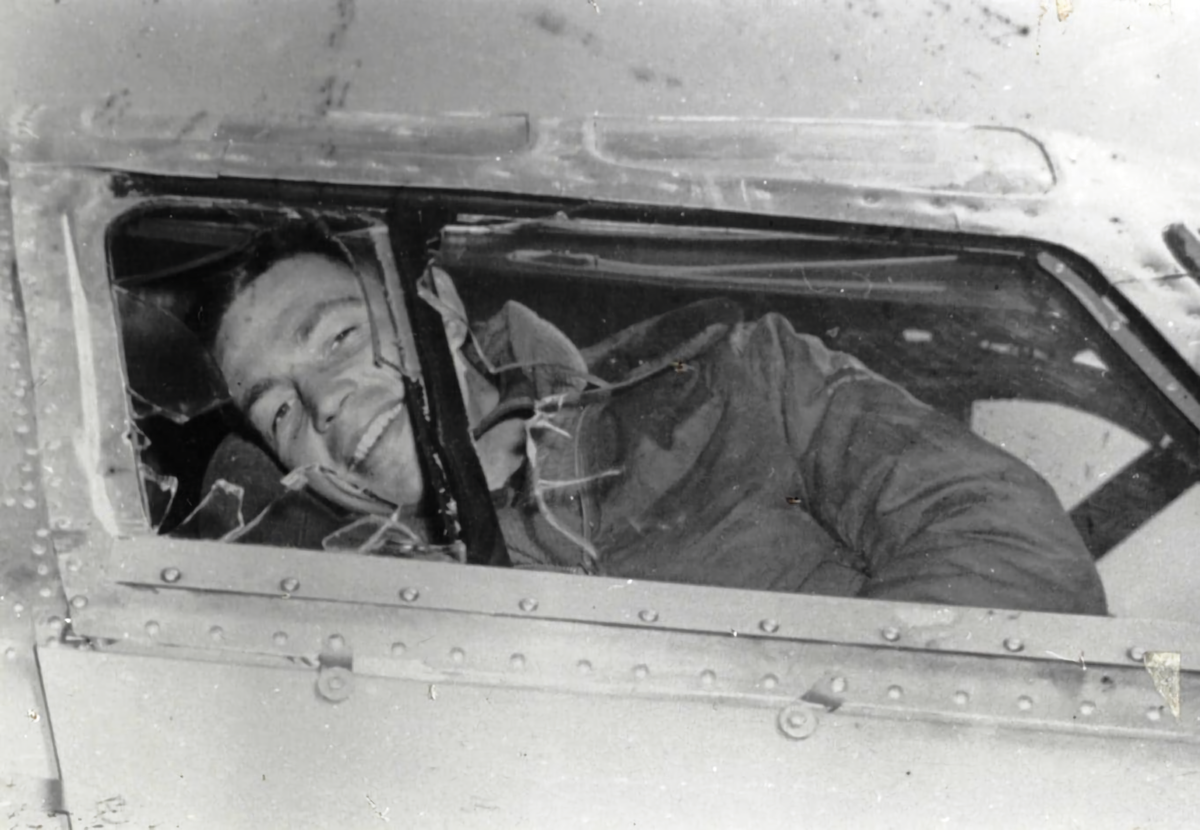
Last nite we left at 2330 for lead crew briefing, with only about 2 hrs. sleep. Well this was a real trip. The Old Man flew with us in the “Old Sack.” We went into Hannover, Germany to bomb a synthetic oil plant there. We hit it on the head and leaving the coast up near Denmark could see dense clouds of black smoke up to 20,000’. On our way out saw the B-17’s plaster Hamburg. It was also on fire. We had excellent fighter cover all the way in and out. Those little friends are wonderful. Could hug them all. No enemy fighters – but we sure hit a lot of flak. It was very accurate and we had to go thru it to the target. Shook “Old Sack” quite violently. Coming off target caught a burst right above #3 engine, one piece took a chunk out of a prop blade. Another hit armor plate behind co-pilot’s seat. A third came into cockpit and smashed glass behind Old Man’s head. Thought we’d lost him for a minute but no trouble except for flying glass which flak helmets and flak suits took care of. Uneventful trip back home. We really smashed that target.
Victor G. Aubry Jr.
20 June 1944
My greatest childhood hero was not a professional athlete, Hollywood star, musician, politician, or actor. In fact, my greatest hero wasn't famous at all - save for the fact that he flew 30 combat missions in the European Theater between 1944 and 1945 over Germany, France, and Belgium in WWII as a command pilot. My greatest hero was a man among men; he was my Grandfather, Victor G. Aubry Jr., and I miss him every day of my life.
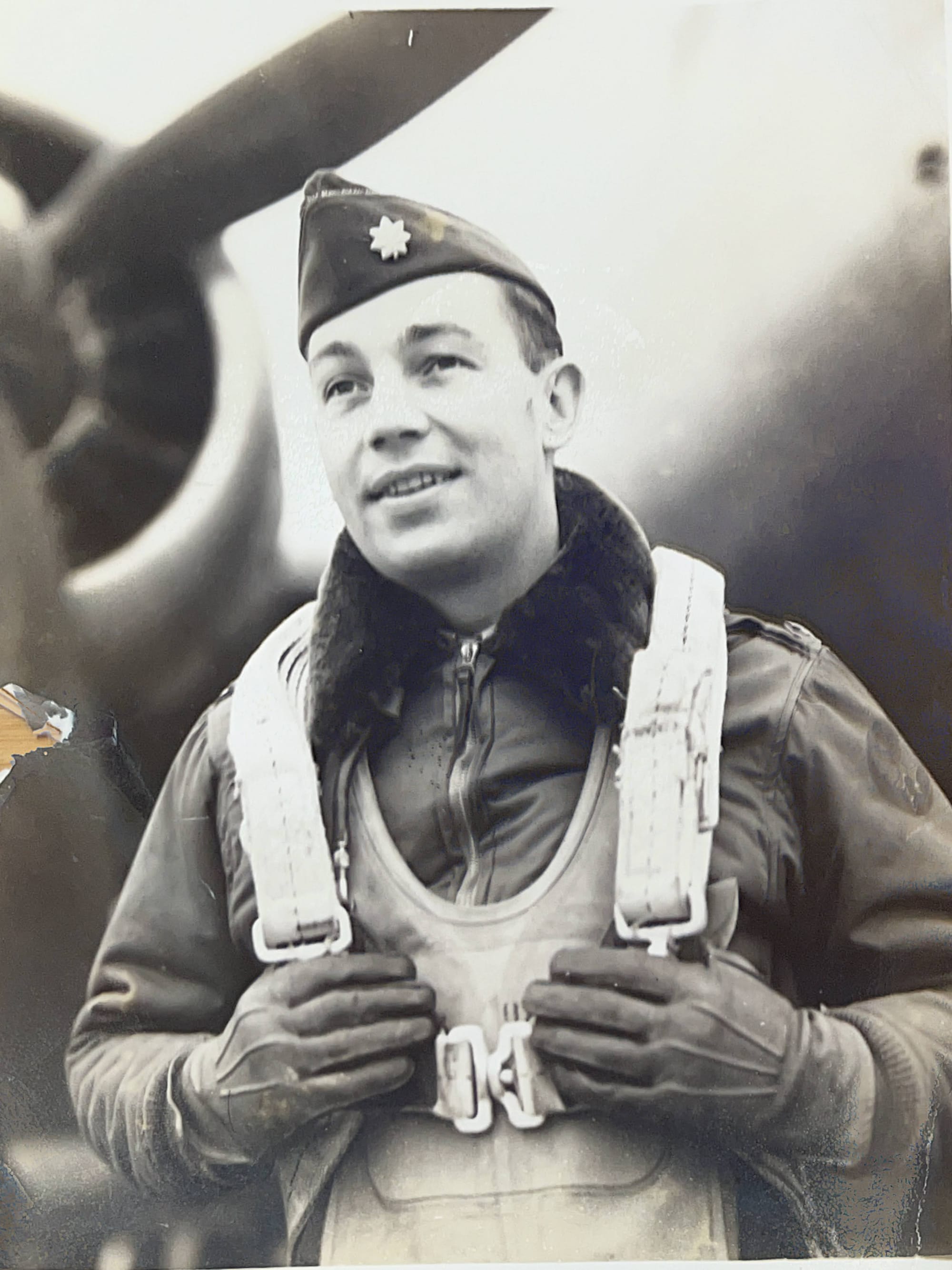
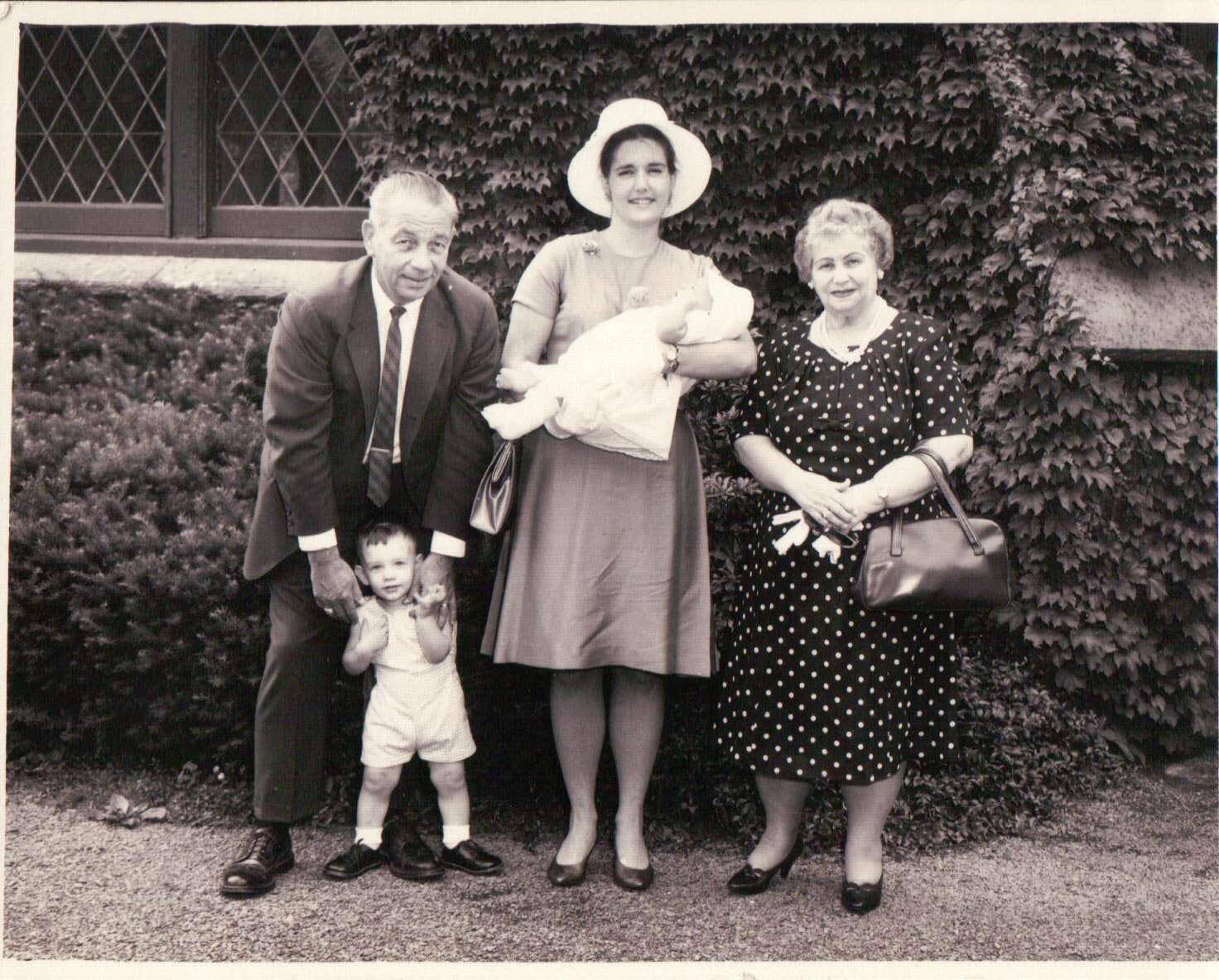
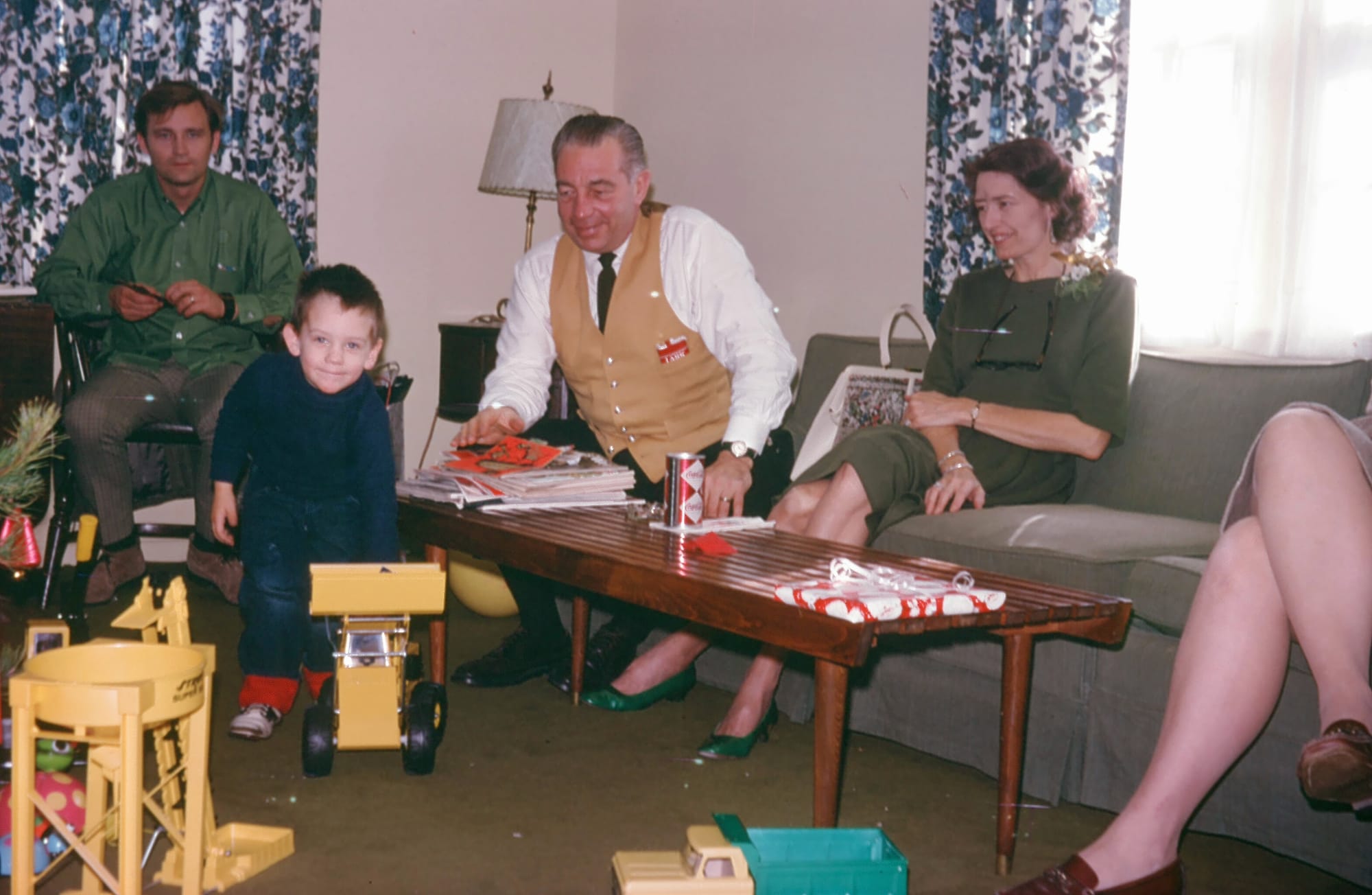
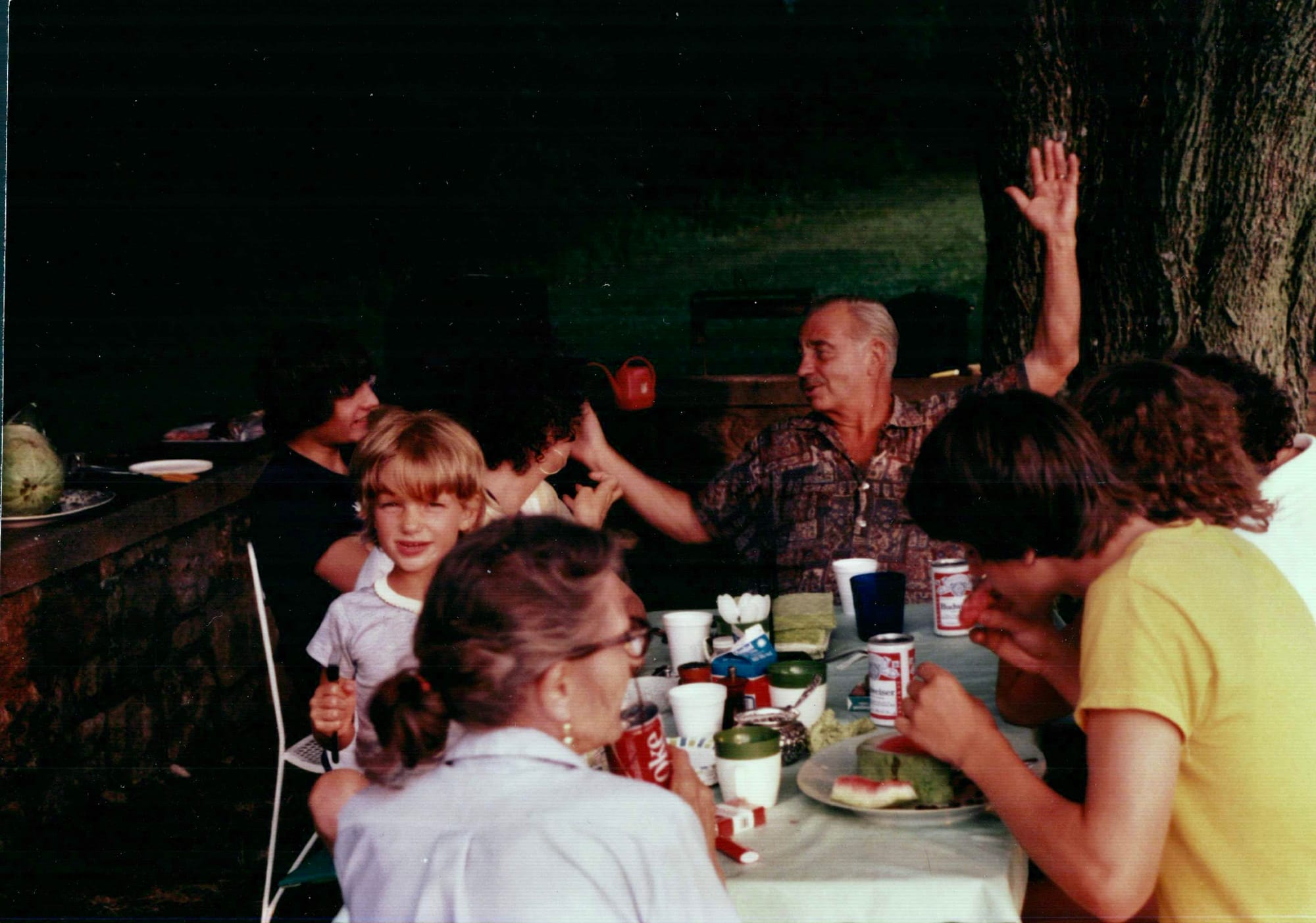
This is the lens through which I am viewing "Masters of the Air," the spiritual successor to the acclaimed "Band of Brothers" and "The Pacific," WWII docudramas (also produced by Tom Hanks and Steven Spielberg). So it's a bit of an understatement to say that I have extremely high expectations for this series.
I first learned of Masters of the Air (MOTA) while visiting my grandfather’s airfield in Debach, England, which is now a museum thanks to the tireless dedication of Richard Taylor, the owner, and Darren Jelley…the museum’s archivist and resident expert. We spent more than four hours touring every inch or the former airfield, walking in the footsteps of my greatest childhood hero. I was humbled, and profoundly moved by this bucket list experience that I will never forget. During our visit there, I learned from Richard and Darren that there was a new TV series coming out that was based on Masters of the Air: America's Bomber Boys Who Fought the Air War Against Nazi Germany, by Donald L. Miller. Some scenes had been filmed at Debach!
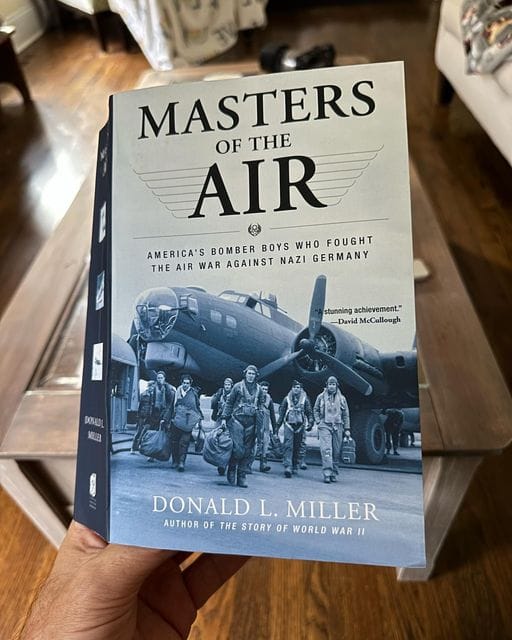
Upon our return to the states, I quickly procured a copy and spent the next few week's "head's down" in this absolute doorstop of a book: 712 pages! Miller covers quite a bit of ground in MOTA, from the roots of the 8th Air Force...all the way through the war and its aftermath as the top brass experiments with different tactics for strategic daylight bombing along the way. The book also contains the anecdotal stories of the men tasked with carrying out those missions from various locations dotted across southern England.
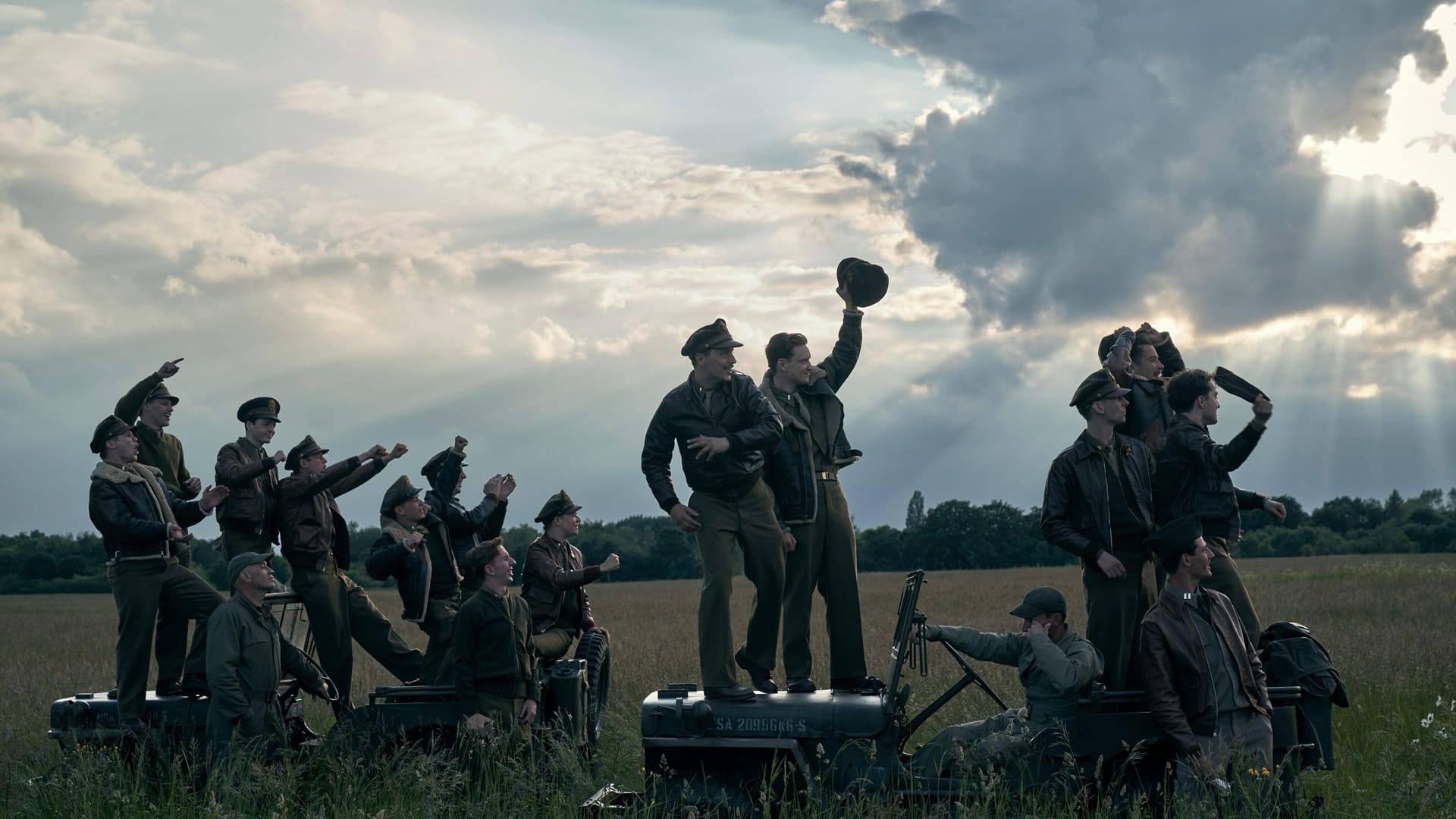
I've now seen the first two episodes of this 10 episode series. It would be impossible to fit the entire contents of Miller's seminal work here into a ten part series, so MOTA tells the story of the 8th Air Force through the experiences of a few men of the 100th Bomb Group at Thorpe Abbots, also known as: "The Bloody Hundredth," due to the extremely high losses this group suffered in 1943-44. This was the period of the 8th's history before the top brass figured out that the Flying Fortress did need actual fighter escorts to minimize their losses.
I'm writing this now, almost a week after release. I've seen a lot of chatter on social media in the various forums I participate in; much of it critical of the technical details. Before I get into the meat of my review here, I'll just mention a few things my commentary will not contain:
- It will not be a criticism of the technical details, nor how well the show runners kept to those details
- I will not be making comparisons to the book.
- I will not be critical of the CGI or special effects; the production quality is there, and anyone saying it isn't just doesn't understand how these shows are made.
- There will not be a recap of everything that happened in the episodes; my commentary will focus more on quality, pacing, and overall effectivenss of how they tell the story of the 8th.
I've also read my grandfather's journal of the war, from the first entry on "moving Day" as he was leaving McCook Army Airfield in Nebraska in the "Old Sack" - the B-24J he had affectionally named after my grandmother. Old Sack was a pet name he had for her...that's her likeness is on the nose art. She was a Ford model in the 1920s-30s and quite a dish!
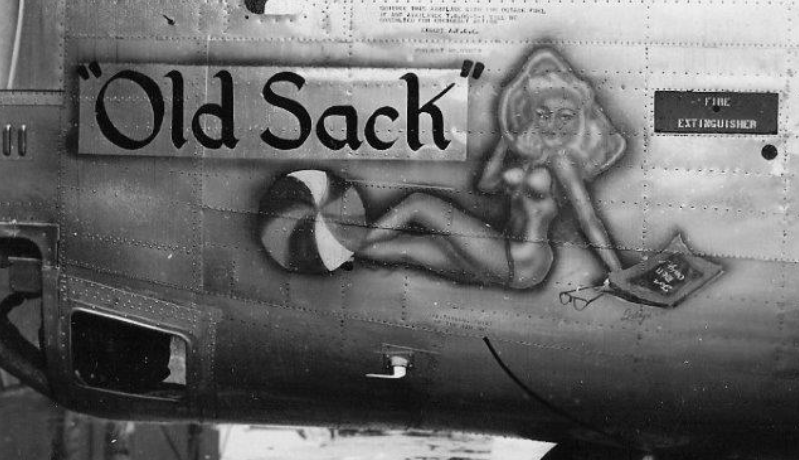
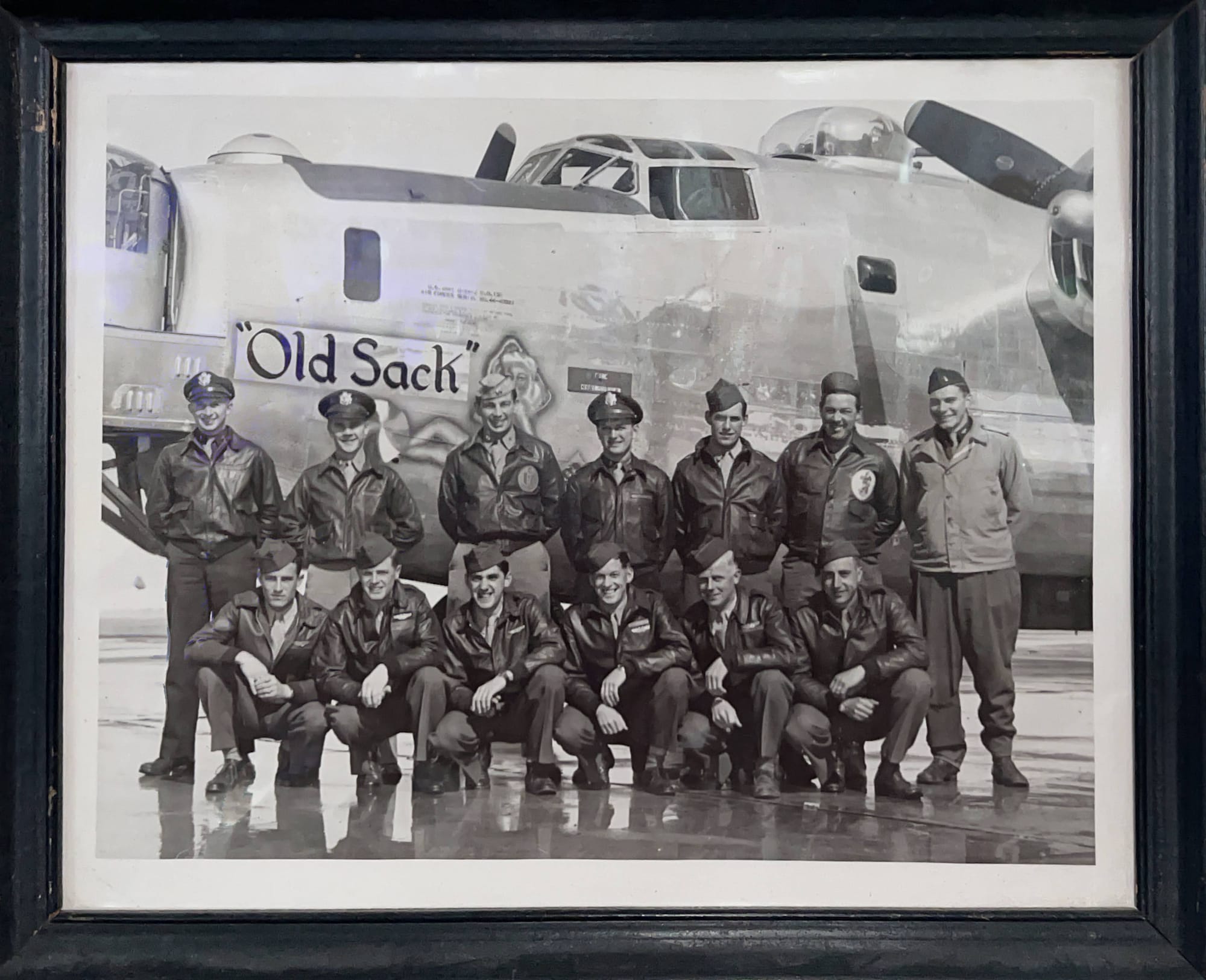
My grandfather flew the “Old Sack” on 13 combat missions. In total she flew 17 Combat Missions with the 493rd, all as lead, or deputy lead aircraft. In August of 1944, the 493rd Bomb Group completed transition to the B-17, and my grandfather completed his remaining 17 missions in that aircraft. So...having read my grandfathers entire journal, I've got quite a bit of background detail and some insight into how these men lived and died through the war.
The opening episodes give us an introduction to the main characters, initially enjoying a night of revelry on the eve of their journey across the pond....to war. Much Like "Band of Brothers" before it, the screenwriters here are telling the story of the 8th through the experiences of wartime friendships: Major Cleven (played by Austin Butler) - the straight-laced teetotaler, and Major Egan (played by Callum Turner) - the wild-child party guy chock full of swagger.
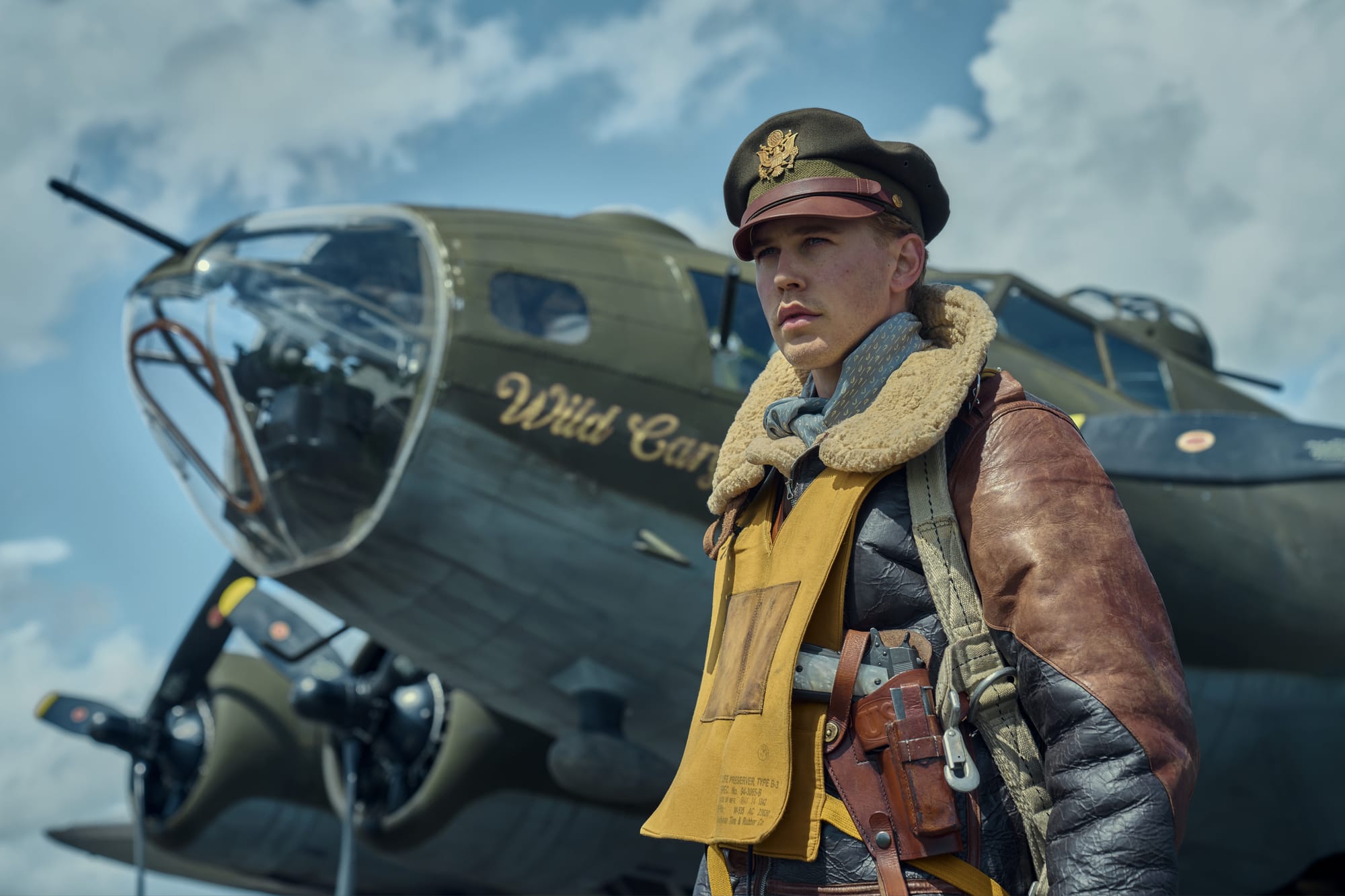
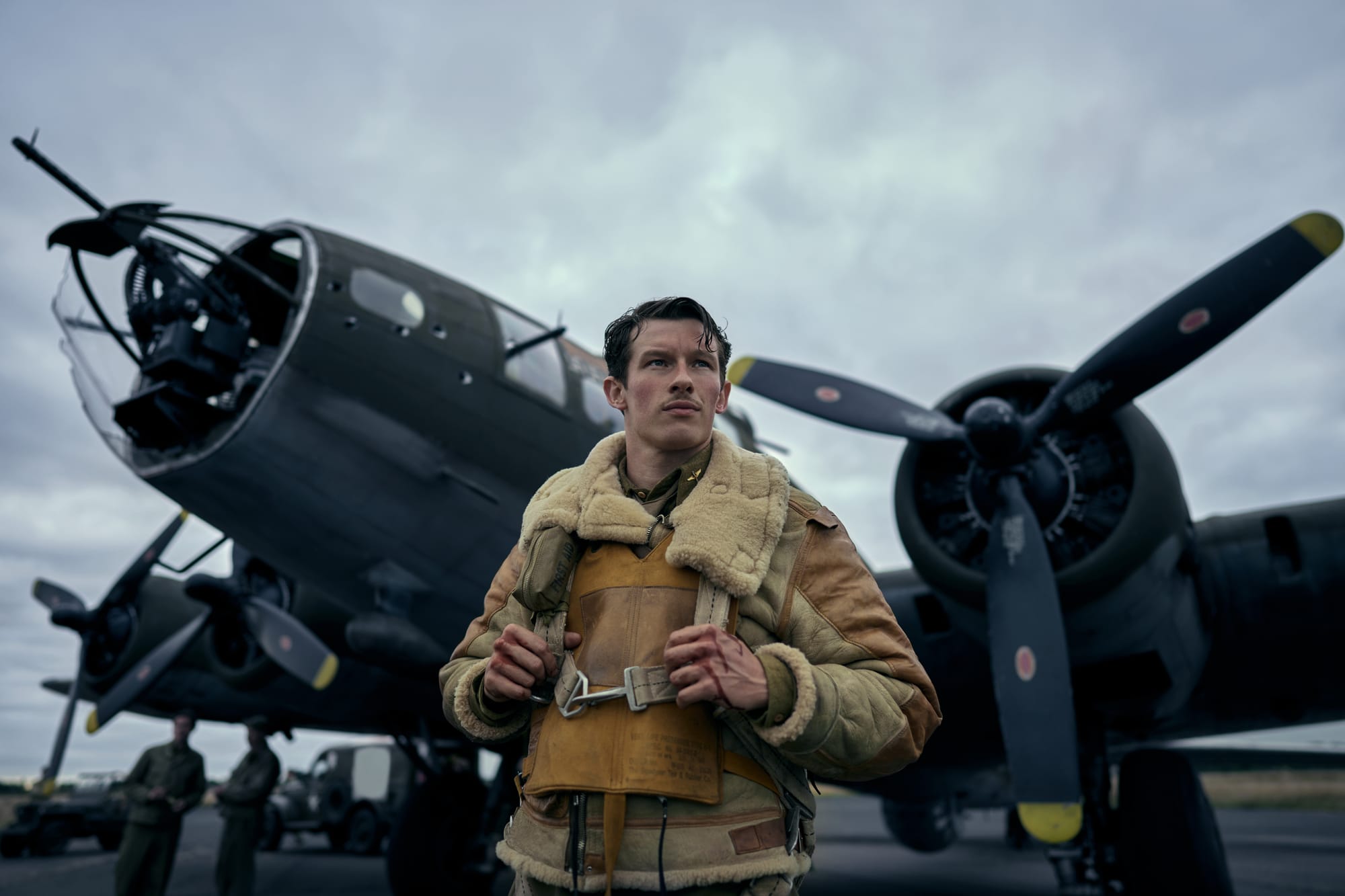
Majors Cleven (Left) and Eagan (Right)
I thought the acting here was solid: the actors do a stellar job of portraying the initial jitters and raw emotions of these men who are about to face the unforgiving skies of war-torn Europe. I've seen some criticism of the show's pacing that I do not agree with (some said it was too "slow"). Based on reading my grandfather's journal and my own experience in the "Hurry up and Wait" US Military...they've done an excellent job here showing both the tedium and chaos of war. In my own grandfathers journal, I read through a lot of journal entries documenting the food, base logistics, homesickness, and general boredom in addition to "the good stuff."
About that Chaos: The Air combat scenes are horrifically immersive and real. I was traveling when the series debuted, so my initial viewing was on a small tv with no surround sound. I have since returned home and re-watched the first episode in a proper home theater room, which I highly recommend. The sound design here deserves a special mention...it's fantastic. The aerial sequences are simply breathtaking and do an amazing job highlighting the grim realities of air combat. Every loss is palpable, and the cost of each mission is etched on the faces of the airmen when they return - the performances of all the actors in this regard is top-notch.
Overall, I'd say the production value of MOTA is amazing, with the aerial sequences highlighted as the standout feature. It's vivid and frightful where it counts the most. The first two episodes of "Masters of the Air" set a high bar for the series; it's a tribute to the bravery and brotherhood of the airmen who fought in the skies of World War II. The performances are nuanced, the storytelling is robust, and the production quality is exemplary. I'm very much looking forward to the upcoming episodes.
(postscript) - As I watch this, I often find myself putting my grandfather in the cockpit during the air combat scenes, but I don't find him to be more similar to either Major Cleven or Eagan. If anything, he's probably an amalgamation of the two characters; my grandfather was NO teetotaler, but also not quite as reckless as Major Eagan. The jury is still out.
- F
